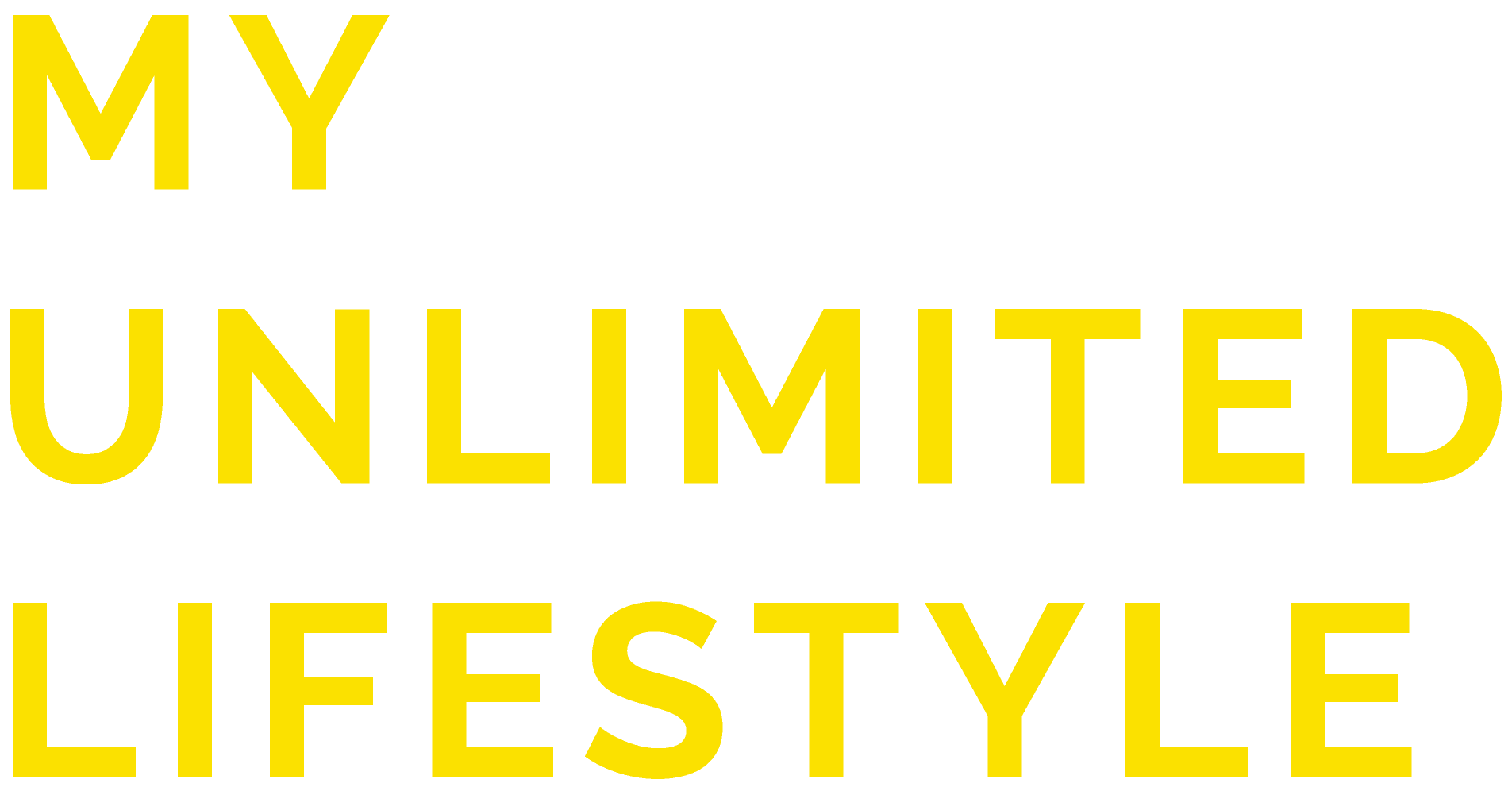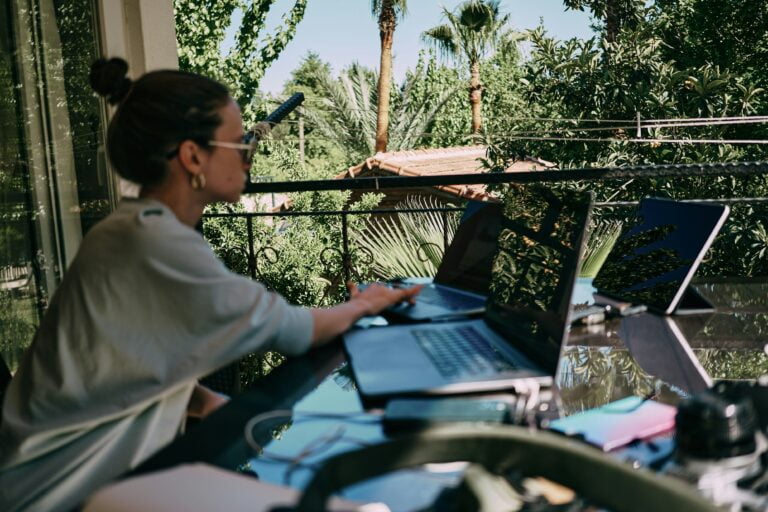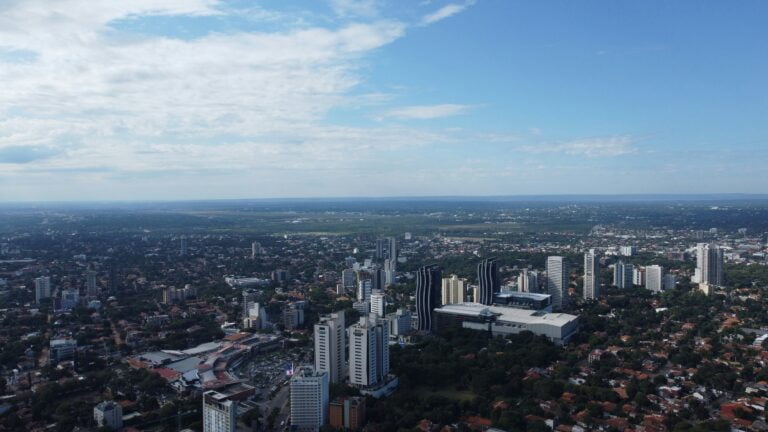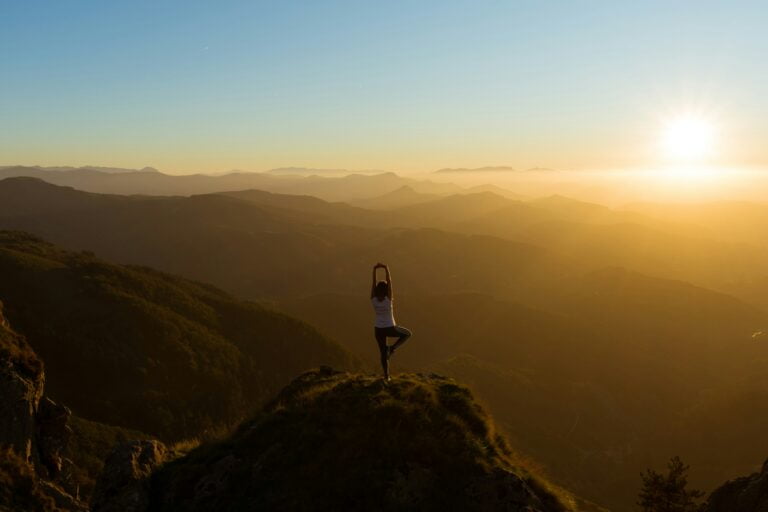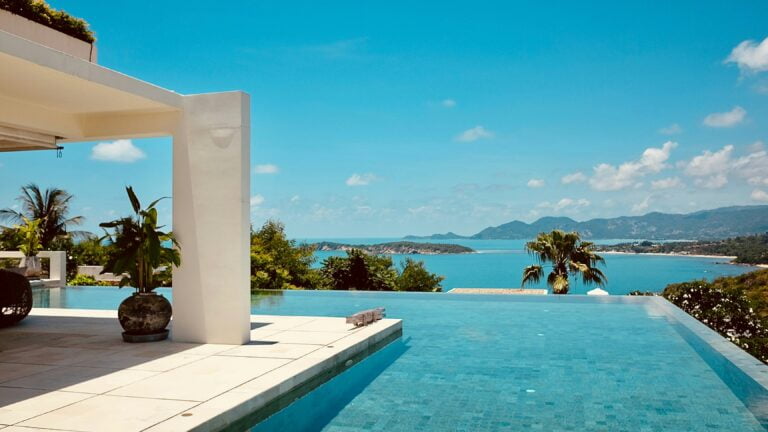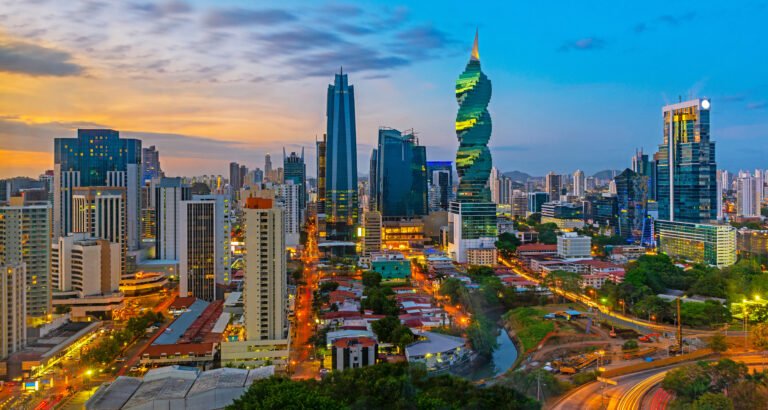Living in Panama City seems to be a perfect choice nowadays. Panama is a country located in Central America, bordered by Costa Rica to the west, Colombia to the southeast, the Caribbean Sea to the north, and the Pacific Ocean to the south. The history of Panama can be traced back to the early 16th century when the Spanish explorer Vasco Núñez de Balboa crossed the Isthmus of Panama and became the first European to see the Pacific Ocean.
History of Panama
The country was under Spanish rule for more than 300 years before it declared independence in 1821. Since then, Panama has experienced a turbulent history marked by dictatorships, coups d’etat, military invasions, and economic hardship. Nonetheless, it has also enjoyed periods of stability and prosperity, especially in the last few decades.
The earliest inhabitants of Panama were indigenous tribes who migrated from South America and settled in the region around 10,000 years ago. These tribes were gradually replaced by the more advanced cultures of the Maya and Inca empires.
The first European to reach Panama was the Spanish explorer Christopher Columbus, who arrived in 1502. However, it was the Spanish conquistador Vasco Núñez de Balboa who was credited with discovering the Pacific Ocean in 1513 after crossing the Isthmus of Panama.
For the next 300 years, Panama was a colony of Spain until it declared independence on November 28, 1821 as part of Gran Colombia, which also included present-day Venezuela, Colombia, and Ecuador. So living in Panama City, Panamá was not always perfect.
After a period of instability, Panama finally became an independent republic on October 11, 1903. The new country was plagued by political unrest and economic difficulties in its early years.
In 1968, military dictator Omar Torrijos came to power and embarked on a series of reforms that included the construction of the Panama Canal and improved relations with the United States.
Torrijos died in a plane crash in 1981, and his regime was succeeded by civilian leaders. In 1989, U.S. invasion toppled the military government of Manuel Noriega, who had been accused of drug trafficking and human rights abuses.
Since then, Panama has held regular elections and seen steady economic growth under democratic rule. In 1999, the U.S. handed over control of the Panama Canal to Panama, as stipulated in the 1977 Torrijos-Carter Treaties.
Today, Panama is a thriving country with a vibrant economy and a rich culture. Its capital, Panama City, is home to some of the best museums, restaurants, and nightlife in Central America. So living in Panama City is definitely worth it. The Panama Canal remains an important part of the country’s economy and History.
And with its tropical climate and beautiful beaches, Panama is a popular tourist destination.
The Economy of Panama – Living in Panama City
The economy of Panama is a service-based economy with a large tourism sector and a significant amount of trade and shipping activity. The country’s GDP per capita is among the highest in Central America. The Panamanian economy has been strong over the past few years, with annual GDP growth averaging around 5%. The main drivers of growth have been the expansion of the Panama Canal, the development of the Colon Free Zone, and increased tourism.
The Panamanian government has made a concerted effort to diversify its economy away from relying on the Canal and related activities, with mixed results. While the overall share of the economy accounted for by the Canal has declined in recent years, it still remains an important part of Panama’s economy. The Colon Free Zone is also an important part of the Panamanian economy, accounting for a significant amount of trade and employment.
In recent years, the tourism sector has become an increasingly important part of the Panamanian economy, with the country becoming a popular destination for both leisure and business travelers. Tourism growth has been fueled by the expansion of the Panama Canal and the development of new tourist attractions, such as the Panama City waterfront.
The Panamanian government has made a number of reforms in recent years to improve the business environment and attract foreign investment. These reforms have helped to make Panama one of the more attractive destinations for foreign investment in Central America. The most recent reform, which came into effect in January 2019, abolished the requirement that companies have a local partner in order to do business in Panama. This reform is expected to improve the business environment further and attract more foreign investment.
The Panamanian economy is expected to continue to grow at a solid pace in the coming years, supported by strong growth in the tourism sector and the continued expansion of the Panama Canal. GDP growth is forecast to average around 5% per year over the next five years.
Living in Panama City
There is no shortage of things to do when you are living in Panama City, Panama. This vibrant metropolis is home to a plethora of activities and attractions, making it the perfect destination for travelers of all ages and interests.
Some of the top things to do in Panama City include exploring the Old Town district, visiting the Panama Canal, taking a tour of Casco Viejo, and checking out the Frank Gehry-designed Biomuseo. Travelers can also enjoy plenty of shopping, dining, and nightlife options in this lively city.
Whether you’re looking for culture, history, or just a good time, Panama City has something for everyone. So start planning your trip today and experience all that this amazing destination has to offer.
Living in Panama – Bocas del Toro
There are plenty of reasons to live in Bocas del Toro – its natural beauty, diverse culture, and laid-back atmosphere make it a great place to relax and enjoy yourself. But there are also plenty of activities and attractions to keep you busy if you’re looking for something to do. Here are just a few reasons why you should consider living in Bocas del Toro, Panamá:
The beaches in Bocas del Toro are some of the most beautiful in all of Central America. Playa Blanca is a particular standout, with its white sand and turquoise waters. But there are plenty of other beaches to choose from, whether you’re looking for a place to relax or somewhere to surf or paddleboard.
The jungle and rainforest around Bocas del Toro are teeming with wildlife. You can go on hikes and nature walks to see birds, sloths, monkeys, and more in their natural habitat. And if you’re lucky, you might even spot a whale or dolphin offshore.
Bocas del Toro is also a great place to learn about the indigenous cultures of Panama. The Ngobe-Bugle people have their own language and traditions, and you can learn about them by visiting one of the many museums in the area. You can also buy handcrafted Ngobe-Bugle artifacts from local markets.
So whether you’re looking for a relaxing beach vacation or an opportunity to live and explore, Bocas del Toro should be at the top of your list.
Isla del Rey – Panama
Isla del Rey is an island located off the coast of Panama. It is one of the Pearl Islands and is known for its pristine beaches and lush vegetation. The island is a popular tourist destination, and many people come here to enjoy the beautiful scenery and relax in the warm climate. There are several small villages on the island, and the population is mostly made up of fishermen and farmers. Life on Isla del Rey is simple and relaxed, and people enjoy spending time outdoors enjoying the natural beauty of the island. There are many activities to keep visitors entertained, such as hiking, swimming, fishing, and snorkeling. The island also has a number of restaurants and cafes that serve fresh seafood caught locally. If you are looking for a place to get away from the hustle and bustle of city life, then Isla del Rey is the perfect destination for you.
Living in Boquete – Panama
Living Boquete Panamá is an idyllic mountain town located in the Chiriqui province of Panama. It is known for its lush green landscapes, cool climate, and friendly people.
Boquete has something for everyone, whether you’re looking for an active lifestyle or a more relaxed pace of life. There are plenty of outdoor activities to enjoy in the area, such as hiking, biking, and bird watching. For those who prefer a slower pace, there are also many coffee plantations and other scenic spots to explore.
The people of Boquete are warm and welcoming, making it a great place to live. There is a strong sense of community in the town, and expats often find it easy to make friends and settle in.
If you’re considering a move to Panama, Boquete is definitely worth checking out!
Anton Valley – Panama
If you’re looking for a place to truly relax and escape the hustle and bustle of city life, Anton Valley Panamá is the perfect spot. Situated in a lush valley surrounded by towering mountains, Anton Valley offers stunning scenery, fresh air and a slower pace of life.
The climate in Anton Valley is cooler than in most parts of Panama due to its elevation, making it a popular retreat for those looking to escape the heat. The valley is also home to a number of rivers and waterfalls and hiking trails through the surrounding jungle.
Several small towns and villages are located within Anton Valley, each with its own unique charm. Visitors can find a variety of accommodation options, from basic camping to luxury resorts. There are also a number of restaurants and cafes and a few small shops selling local crafts and souvenirs.
Whether you’re looking for a place to relax or an adventure-filled destination, Anton Valley Panamá is sure to please.
David – Panama
David is the second-largest city in Panama, after the capital Panama City. It is located in the province of Chiriquí, in western Panama. The city has a population of about 200,000 people.
David is a relatively new city, having been founded in 1558 by Spanish settlers. However, indigenous peoples have inhabited the area for thousands of years. The nearby archaeological site of El Tule shows evidence of human habitation dating back to at least 3000 BC.
The climate in David is tropical, with average temperatures ranging from 21 to 32 degrees Celsius (70 to 90 degrees Fahrenheit). There is a wet season from May to November and a dry season from December to April.
The economy of David is based largely on agriculture and tourism. The city is a major producer of coffee, bananas, and cattle. It is also a popular destination for eco-tourism due to its proximity to the nearby rainforests.
If you are considering moving to David, Panama, it is important to be aware of the cultural differences between Panama and your home country. Spanish is the official language in Panama, but English is also widely spoken. The predominant religion in Panama is Roman Catholicism, but there is a growing evangelical Protestant community as well.
Panamanians are generally warm and welcoming to foreigners, but it is still important to be respectful of local customs and traditions. For example, it is considered rude to show up late to a social event or to not RSVP to an invitation.
Panama is generally a safe country to live in, but like any other place, there are always some areas that are safer than others. In David, the El Chorrillo neighborhood should be avoided after dark due to crime. Overall, though, David is a relatively safe city, and most people living here feel secure in their homes and neighborhoods.
If you are thinking about moving to David, Panama, it is important to do your research and make sure that it is the right fit for you. But if you are looking for an affordable place to live with friendly people and beautiful scenery, David may be just what you are looking for.
